Table of Contents
– Introduction
– Market Overview
– Cutting-Edge Technologies Propelling Performance
– Conclusion
Introduction
As the 2024 Olympic Games approach, the world of long distance running is abuzz with anticipation. Athletes, coaches, and enthusiasts alike are eager to see how the latest advancements in running shoe technology will impact performance on the global stage.
However, a new World Athletics rule going into effect after the Paris Olympics will restrict all shoes to a maximum sole thickness of 20mm. This may rein in some of the more extreme designs post-2024. But for Paris, expect fierce competition between brands and more world records to fall as the quest for the perfect marathon super shoe reaches its peak on the Olympic stage.
In this article, we’ll explore the key trends, innovations, and top-selling models that are set to shape the long distance running shoe market in the lead-up to this momentous event.
Robust Growth Forecast for the Global Running Shoe Market
The global running shoe market is expected to reach $13.5 billion by 2024, with a compound annual growth rate (CAGR) of 4.2% from 2021 to 2024. North America dominates the market, accounting for a commanding 40% share in 2021. Long distance running shoes, meticulously engineered for distances ranging from 10K to grueling ultramarathons, are a significant driver of this impressive growth.
The surging popularity of distance running events, coupled with a growing societal emphasis on health, wellness, and fitness, are key factors fueling the insatiable demand for these specialized shoes. For business buyers serving the running community, this presents a golden opportunity to capitalize on the market’s robust expansion. By curating a diverse selection of cutting-edge long distance running shoes from top brands like Nike, Asics, Brooks, and Saucony, retailers can position themselves to capture a substantial slice of this lucrative and rapidly growing market segment.

As more consumers embrace the physical and mental benefits of distance running, the demand for high-performance footwear that enhances comfort, minimizes injury risk, and optimizes performance will only continue to soar. Savvy businesses that adapt to this trend and offer a compelling assortment of long distance running shoes will be well-poised to ride the wave of growth in the years ahead.
Cutting-Edge Technologies Propelling Performance
1. The Continued Dominance of Carbon Plates and Super Foam Midsoles
Carbon-fiber plates and super foam midsoles will continue to reign supreme in the world of long-distance running footwear. Cutting-edge models like the Nike AlphaFly 3, Asics Metaspeed Sky Paris/Edge Paris, and Adidas Adizero Adios Pro Evo 1 harness the power of strategically placed carbon plates and proprietary, featherweight, hyper-responsive foams like PEBA (polyether block amide). This potent combination delivers an explosive, propulsive ride that can slash minutes off personal bests and propel elite athletes to staggering new world records.
Rigorous studies have quantified the remarkable performance benefits, with the top echelon of racing shoes providing a staggering 3-4% boost in running economy for elite competitors. For business buyers outfitting professional teams and supplying specialty running retailers, stocking these groundbreaking models is imperative to meet the demands of a market hungry for every possible competitive edge.
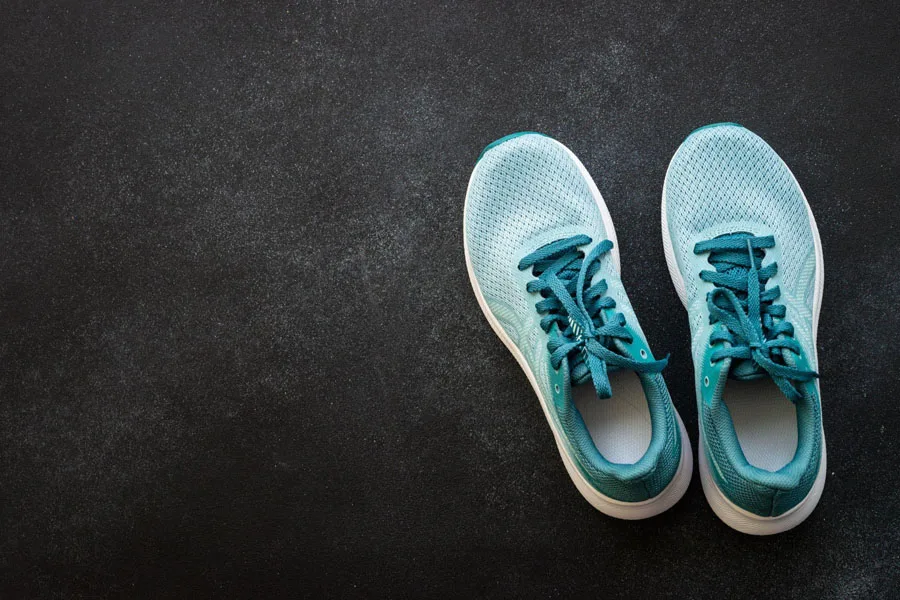
2. Customized Designs for Stride vs. Cadence Runners
The Asics Metaspeed Sky Paris and Metaspeed Edge Paris represent a groundbreaking approach to tailoring racing shoes to an athlete’s unique biomechanics and running style. The Metaspeed Sky Paris is meticulously engineered for stride runners who elongate their stride to achieve faster paces. It strategically positions the carbon plate higher in the midsole, closer to the foot, providing a more stable platform that optimizes energy return and propulsion with each stride.
Conversely, the Metaspeed Edge Paris is fine-tuned for cadence runners who increase their step rate to accelerate. The shoe features a lower, more aggressively curved carbon plate that cradles the foot, offering a snappier and more responsive ride that syncs perfectly with a quicker turnover. By precisely tuning the midsole geometry and plate design to these distinct running mechanics, Asics enables athletes to maximize their performance potential and gain a competitive edge.
For business buyers outfitting elite teams or specialty running stores, stocking both models allows you to cater to the specific needs of stride and cadence runners, ensuring every athlete has access to footwear that complements their natural running form.
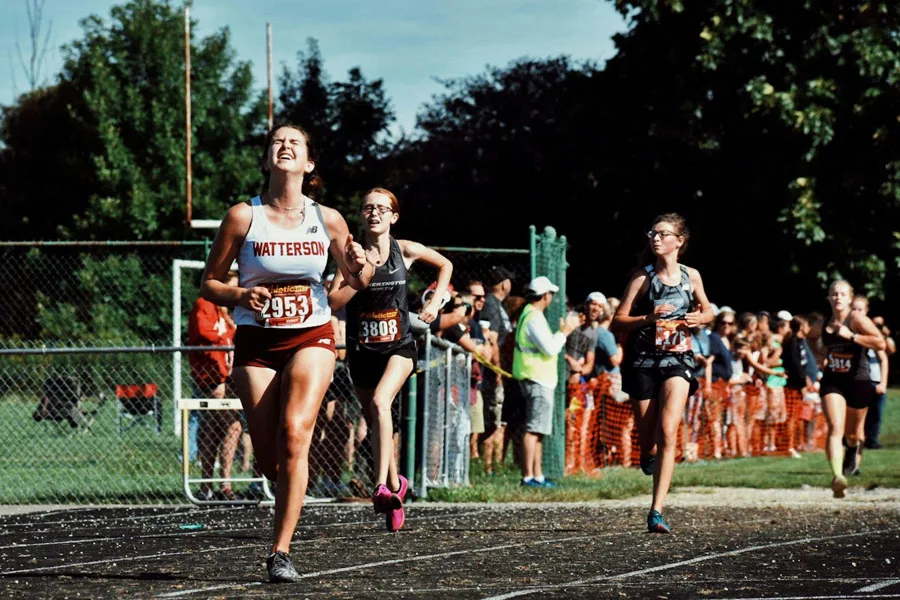
3. The Rise of Ultralight, Single-Race Marathon Shoes
Extremely lightweight racing shoes optimized for a single marathon. The Adidas Adizero Adios Pro Evo 1, tipping the scales at a mere 138g, epitomizes this bold new frontier in marathon footwear. Engineered with laser-focus to propel elite athletes to record-shattering performances, these featherweight marvels are built for one singular purpose: conquering a single marathon in blazing style.
The pared-down construction, gossamer-thin upper materials, and streamlined design elements all converge to minimize weight while still delivering the requisite propulsive technologies. However, this relentless pursuit of weight savings has drawn some criticism, as the limited lifespan of these shoes raises questions about sustainability and cost-effectiveness. Despite these concerns, expect more brands to aggressively push the boundaries on weight reduction in the quest for the elusive perfect marathon shoe.
For business buyers serving elite marathoners and highly competitive age-group runners, stocking these cutting-edge, single-use racing shoes will be essential to meet the demands of athletes seeking every possible performance advantage on race day.
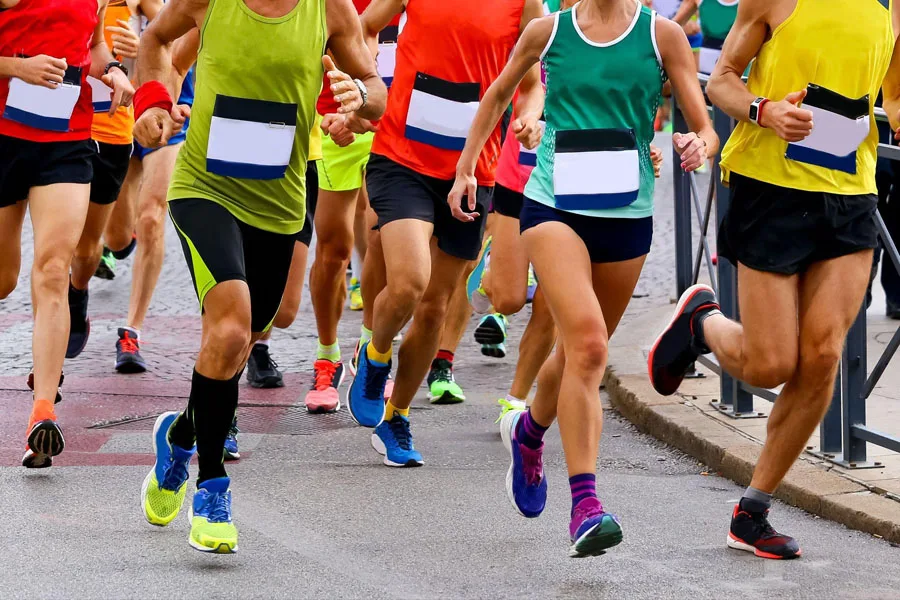
4. The Emergence of Prototypes and “Development Shoes” in Elite Competition
Buyers should pay attention to prototypes and “development shoes” from major brands. In a groundbreaking shift, World Athletics now permits the use of prototype footwear in competition, provided they receive prior approval. This pivotal decision has swung open the doors for elite athletes to collaborate directly with brands, fine-tuning and field-testing cutting-edge innovations in the heat of world-class competition.
Case in point: CJ Albertson, a rising star in U.S. distance running, donned a prototype version of the Brooks Hyperion Elite 4 during the fiercely contested U.S. Olympic Trials. This bold move not only showcased Brooks’ commitment to pushing the envelope in racing shoe technology but also demonstrated the immense potential of these “development shoes” to reshape the sport.
As more brands seize this opportunity to fast-track their most groundbreaking innovations into the global spotlight, business buyers must stay attuned to these prototype-driven advancements. By forging strategic partnerships with elite athletes and securing access to these exclusive “development shoes,” savvy retailers can position themselves at the vanguard of the sport, offering their discerning customers a tantalizing glimpse into the future of racing footwear.
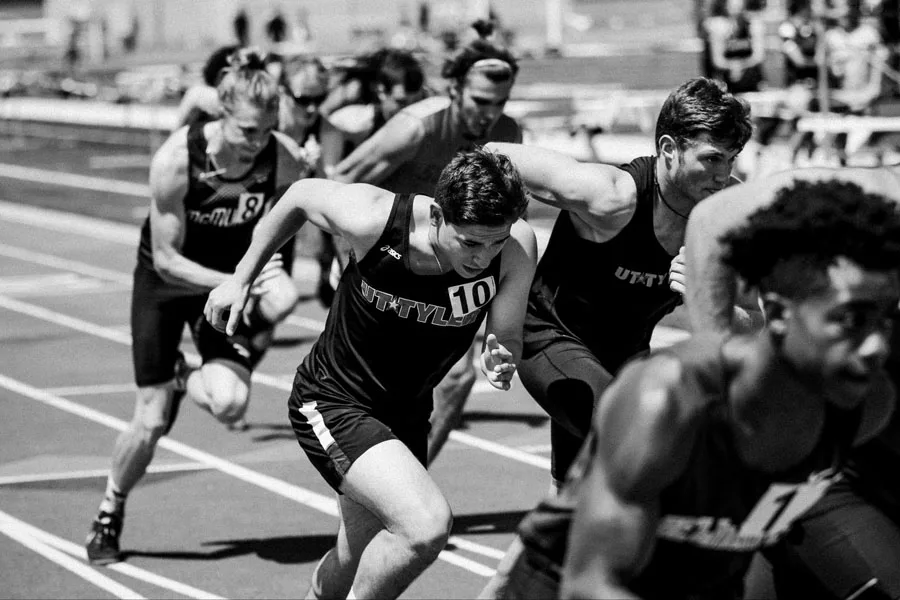
5. High-Mileage Training with the “Infinite” Line
Under Armour launched a new “Infinite” line of high-mileage training shoes featuring HOVR+ foam, though it is unclear if they will have a dedicated elite racing shoe. This strategic move marks Under Armour’s bold entry into the fiercely competitive world of premium distance running footwear. The “Infinite” line showcases the brand’s proprietary HOVR+ foam, a cutting-edge midsole compound engineered to deliver optimal cushioning and energy return for runners logging high-volume training miles.
By focusing on the needs of dedicated athletes putting in the long hours to prepare for race day, Under Armour aims to carve out a niche in a market dominated by established players. However, the brand’s future plans for a dedicated elite racing shoe remain shrouded in mystery. As Under Armour continues to refine its running footwear offerings and build credibility with the distance running community, business buyers should keep a close eye on developments. While the “Infinite” line presents an intriguing option for retailers catering to high-mileage training needs, the absence of a flagship racing model may limit Under Armour’s ability to gain traction with elite competitors and performance-oriented consumers.
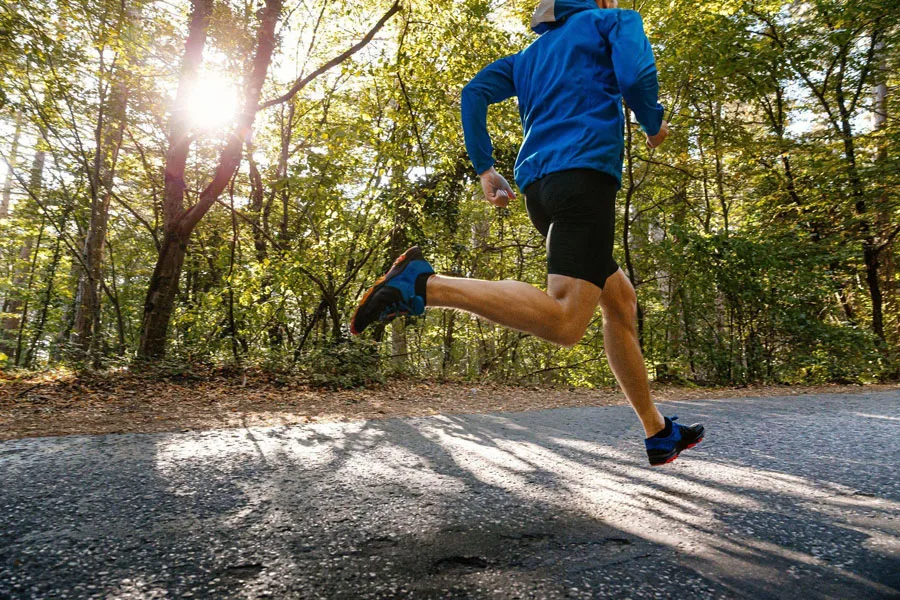
Conclusion
As the 2024 Olympic Games draw near, long distance running shoe technology continues to evolve at a rapid pace. With carbon fiber plates, responsive foams, and engineered uppers leading the charge, athletes can expect faster times and enhanced performance. The leading models from Nike, Adidas, Saucony, and ASICS are poised to make a significant impact on the global stage, setting the tone for the future of long distance running. Retailers and business buyers should keep a close eye on these trends to stay ahead of the curve in this dynamic and competitive market.
Don’t forget to click the “Subscribe” button to stay updated with more articles that align with your business needs and interests on the Chovm Reads sports blog.




